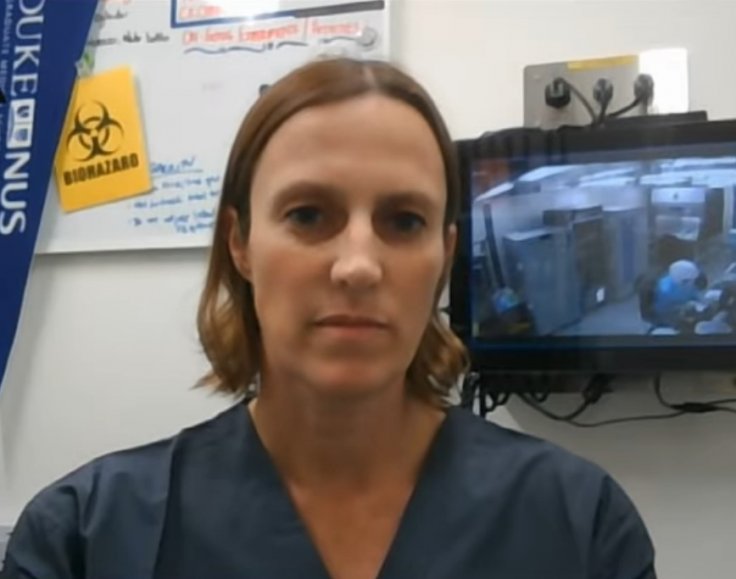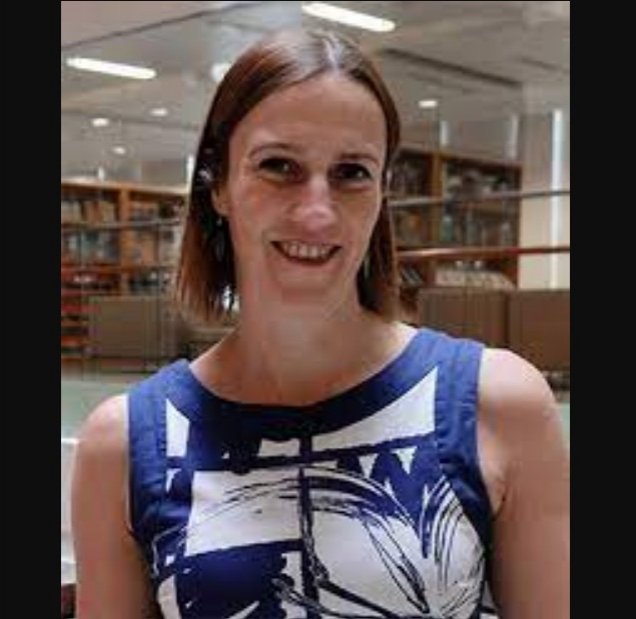Danielle Anderson holds a unique feat, something she is both proud of and at the same time shocked. Anderson was the only foreign scientist to have undertaken research at the Wuhan Institute of Virology's BSL-4 lab, the first in mainland China equipped to handle the planet's deadliest pathogens.
Yes, it's the same lab that became famous (read notorious) for what many scientists believe the deadly coronavirus originated from. While the debate continues if the coronavirus originated from this Wuhan lab, Anderson wonders what she missed during her stay and research at there, more than a year after the deadly virus continues to kill thousands every day.
The Only Outsider

An expert in bat-borne viruses, Anderson, 42, is the only foreign scientist to have undertaken research in the infamous Wuhan Institute of Virology. However, she never realized that the lab would become so much notoriety just months after she left. The Australian virologist left the BSL-4 lab in 2019, just weeks before the first known cases of Covid-19 emerged in central China.
However, by that time she had got an insider's view of the lab and how things functioned. The lab has been a hot topic of discussion over the past year as many believe that the deadly virus might have leaked from the lab, possibly via an infected staffer or a contaminated object. The United States and several of its allies have time and again demanded a thorough investigation into this amid China's lack of transparency since the earliest days of the outbreak.
Meanwhile, work of the lab and the director of its emerging infectious diseases section—Shi Zhengli, a long-time colleague of Anderson's dubbed 'Batwoman' for her work hunting viruses in caves—is now shrouded in controversy.
That said, Anderson in her first interview to Bloomberg News, shared a lot about the work and the work ethics in the Wuhan lab. She has in fact, said that she never had an idea about what was being done in the lab as everything seemed normal to her initially till she realized it was not what she saw.
Half-truths and distorted information have obscured an accurate accounting of the lab's functions and activities, which were more routine than how they've been portrayed in the media, she said. "It's not that it was boring, but it was a regular lab that worked in the same way as any other high-containment lab," Anderson told Blomberg News. "What people are saying is just not how it is." She now feels, there is a lot of truth in what people are saying now.
Long Association with Wuhan

Anderson's association with Wuhan goes back a long time, although it is not known why an outsider was chosen, given that China is known to maintain secrecy about whatever it does. Anderson, who is now at Melbourne's Peter Doherty Institute for Infection and Immunity, started her collaboration with researchers in the Wuhan lab in 2016.
She was the scientific director of the biosafety lab at Singapore's Duke-NUS Medical School at that time. Her earned accolades at the Wuhan institute after tasting success with her research on why lethal viruses like Ebola and Nipah cause no disease in the bats in which they perpetually circulate.
Anderson said that she realized that her research on Ebola in Wuhan would become her life-long career goal. Her favorite movie is "Outbreak," the 1995 film in which disease experts respond to a dangerous new virus, a job Anderson said she wanted to do.
That demanded her to work in a high-containment laboratory and Wuhan was the perfect place. However, before moving to Wuhan, Anderson had worked and done research at different places across the world.
She earned her undergraduate degree from Deakin University in Geelong, Australia, following which she worked as a lab technician at the Dana-Farber Cancer Institute in Boston. A few years later, she returned home to Australia to complete a PhD under the guidance of prominent virologists John Mackenzie and Linfa Wang.
She completed her post-doctoral work in Montreal, before moving to Singapore and working again with Wang, who described Anderson as "very committed and dedicated," and similar in personality to Shi.
Interestingly, if her tenure at the Wuhan lab is closely watched, Anderson was already on the ground when the Covid-19 virus, now known as SARS-CoV-2, had started spreading. In fact, Anderson in that case was already at quite a risk given that her regular visits during the late 2019 put her in close proximity to many others working at the institute.
Inside the Secret Institute

Given that Anderson didn't realize what was happening side the 65-year-old institute in totality, she was quite impressed with the lab's maximum biocontainment lab. She said, the concrete, bunker-style building has the highest biosafety designation, and requires air, water and waste to be filtered and sterilized before it leaves the facility.
There were strict protocols and requirements aimed at containing the pathogens being studied, Anderson said, and researchers underwent 45 hours of training to be certified to work independently in the lab. This made Anderson hold the institute in high regard but she never realized the real reason behind that. But now everything is becoming clear to her.









